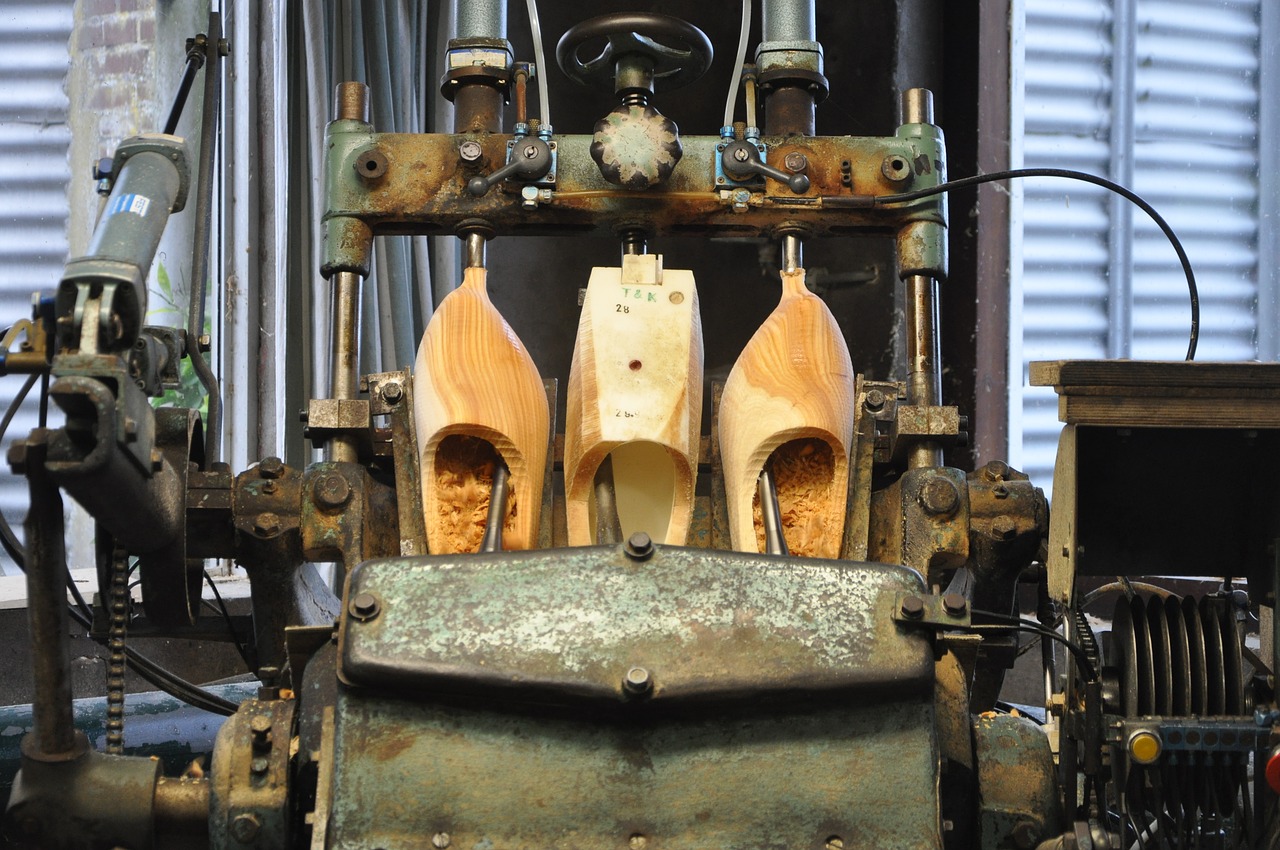Tiger Flex Srl
Information provided by Xenia Sini, personnel director and Giulio Arcangeli, occupational medicine specialist
Specialization
Tiger Flex is a private manufacturing company with 180 employees and spread over an area of 8,000 m2. The company, founded in 1952, produces high fashion men’s shoes. Production in 2014 amounted to 480,000 pairs of shoes, 180 employees in total, 10 employees were involved in the pilot project “Corporate wellness Tiger flex”.
Sector
Secondary: production of footwear
Country
Italy
Main motives for the decision to implement the age management measures
In Italy, referring to INAIL data, occupational diseases due to biomechanical overload seem to be constantly growing. From 1996 to 2009, a clear prevalence of canalicular pathologies (carpal tunnel syndrome) and tendonitis of the hand-wrist and shoulder district was observed.
Manual transfers of heavy loads, exposure to vibrations transmitted to the whole body, fixed and prolonged postures, repetitive movements with and without the use of force and / or tools are the main determinants of work risk for the musculoskeletal system. Biomechanical overload diseases mainly affect people aged between 20 and 65 and therefore – from the point of view of the induced economic and social costs (absences due to illness, treatment, job changes, disability, compensation) – an aspect crucial to occupational health.
Not to be overlooked is the concausal role of obesity. In fact, obesity can be interpreted as a condition of constant biomechanical overload.
The production of footwear is a highly artisan and specialized process; therefore the craftsmen perform manual movements that expose them to the risk of repeated movements of low loads at high frequency.
This problem is found in the elderly active population, which is influenced by the work organization of the shoe factory of the past and which cannot derive the same benefits that the newly hired workforce will have from the new ergonomics of the workstations built in recent years by the Tiger Flex company.

Age management dimension
Health protection and promotion
- organizational health reports and working groups on health;
- the use of health experts to advise the organization;
- employee participation and education;
- regular health checks;
- training supervisors and key workers in health management techniques.
Our way towards the age management
The project involved 10 people (that are part of the production line) that for six months have changed their eating habits and physical.
The project was born from the material shared by INAIL on work-related disorders and the research “Study on the prevalence of musculoskeletal disorders in employees of shoe factories” conducted at the Department of Public Health of the University of Florence – Occupational Medicine Section.
The preliminary phase of the project consisted in completing The Nordic IRSST questionnaire which provided clear answers on where and when workers feel pain. In addition, it was very useful to distribute a body map to schematize the skeletal muscle problems of factory workers. 33 people were interviewed at the beginning and end of the project. These people made up the project control team. Within this group, 10 people were selected to follow the project. The 10 people made up the sample group.
The team of experts consisted of a competent company doctor, a sports science graduate, and a nutrition expert. They organized 30-minute gym sessions twice a week for the sample group.
Each of these exercises included some stretching exercises designed based on the physical problems encountered in the preliminary investigation phase. The nutrition expert also provided each participant with a personalized diet formulated based on the needs of the individual subject.
At the end of the 6 months, the physical results were evident. The sample group lost an average of 2.6 cm per person, compared to an average of 0.65 kg per person in the control group. 90% of the sample group resolved the pains that emerged during the initial checkup. 90% of the control group have the same pains that emerged during the initial check-up phase.
Furthermore, in addition to the benefits from the physical point of view, there have been several benefits also from the point of view of the morale and cohesion of the group.
Strengths and weaknesses of the chosen approach
The strength of the approach was that the results were visible almost immediately. More energy, greater physical and mental efficiency were immediately perceived. In addition, there was an immediate increase in concentration and a reduction in the feeling of fatigue after the lunch break.
A negative point is definitely the fact that the costs have been totally supported by the company.
Activities to sustain this initiative
The costs of the project were totally covered by the company.
The costs of the project consisted of workers’ time: the workers were paid during the time in which the research was carried out, the time of the checks and of the project activities per sample group. Other costs that the company incurred were those relating to the team of experts that was external to the company.
Tha “aha!” moment experienced during the process
In recent years, the company has changed the production structure: we have moved from belt or chain production to an island structure. Following this change, the incidence of musculoskeletal pathologies in the active population of shoe production was assessed.
The Nordic IRSST questionnaire was used (Italian version), a methodology widely used in this type of investigation and characterized by a scale of binary responses that allows to determine the location of the disturbances and their temporal presentation. In addition, a body map was used to facilitate the identification of problems.
Data were analyzed by district, by age, by gender and by Body Mass Index. Age, gender and body overweight can, in fact, influence the onset of disorders affecting the musculoskeletal system. The results of the analysis led to the writing of the project.

Monitoring system of the effects
The control group (33 people) was checked before and after the project, then 6 months later. 10 of these people (sample group), in these 6 months, have followed a healthy diet prescribed by a nutritionist and carried out about 48 sessions of physical activity.
Sample group
Weight: initial 901.1 kg, final 893.4 difference -7.7 kg, average 0.77 kg per person
Stomach circum .: initial 1137cm, final 1111cm, difference -26cm, average 2.6cm per person
Control group
Weight: initial 1555.1kg, final 1540kg, difference -15kg, average 0.65kg per person
Stomach circum .: initial 2045cm, final 2023.5cm, difference -21.5cm, average 0.93cm per person
The sample group significantly improved eating habits, the control group became aware of the lifestyle of the sample group.
90% of the sample group resolved the pains that emerged in the initial phase. Instead 90% of the control group have the same pains that emerged in the initial check-up phase.
Beneficial effects of the initiative
- Reduction of the risk of cardiovascular diseases through the reduction of the abdominal circumference, the reduction of the blood pressure of the body weight, improvement in blood chemistry tests (cholesterol triglyceride glycaemia).
- Decreased days of absence and incidence of disorders related to the musculoskeletal system in particular: cervical, lumbar, shoulder-humeral girdle, carpal tunnel.
- More energy and more physical and mental efficiency or increased concentration and reduced post-prandial (after-lunch) feeling of asthenia.
- The sample group significantly improved eating habits; the control group became aware of the lifestyle of the sample group.
- The sample group resolved the pains that emerged in the initial control phase; the control group still has the pains that emerged in the initial control phase.
- Quieter working environment. Dissemination of the culture of healthy nutrition and sport within the families and friends of employees.
Personal recommendation
Participants enthusiastically experienced the positive changes to their health deriving from gymnastics and healthy eating. In addition, a new team spirit was created, and it led the staff involved to deepen the ties within the team, through meetings outside working hours such as Sunday walks and healthy aperitifs.

